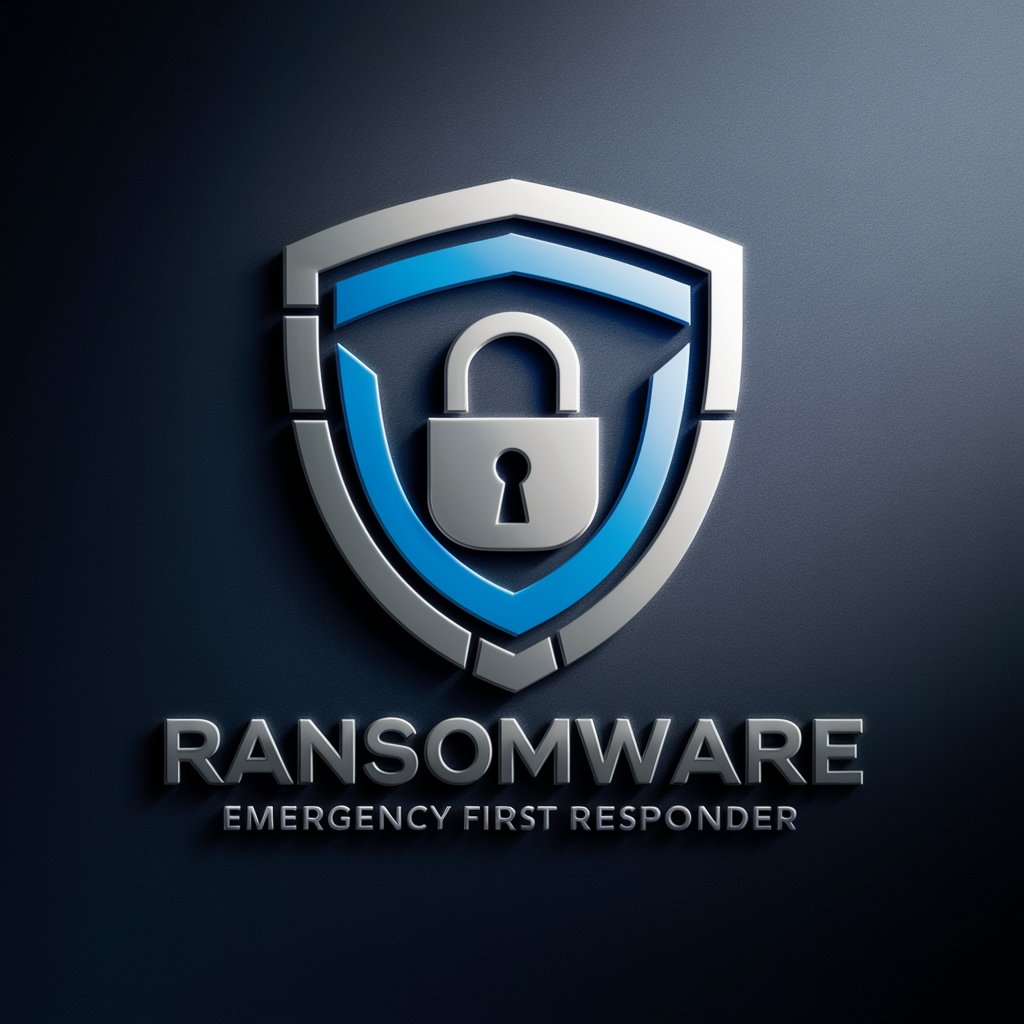
Incident Response Playbook - Cybersecurity Incident Guide
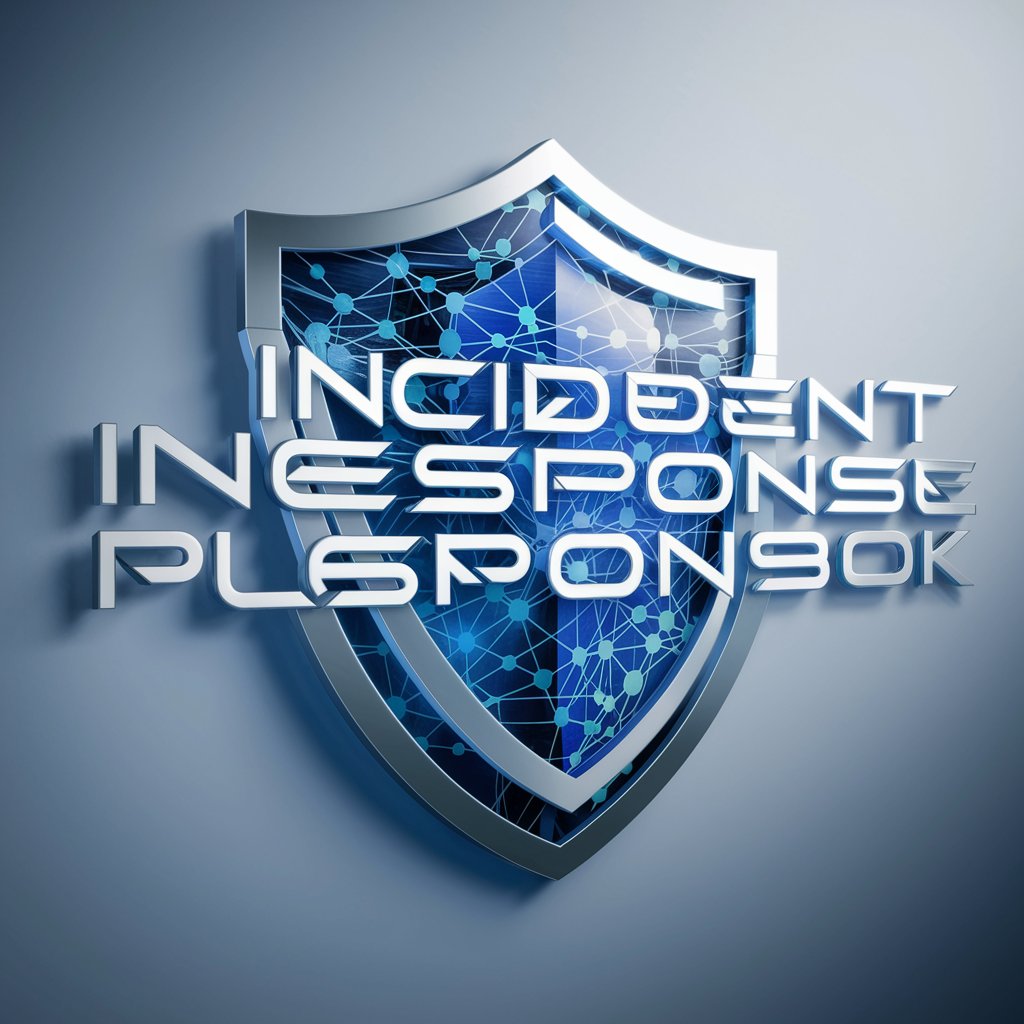
Welcome to Incident Response Playbook, your guide to mastering cyber incident response strategies.
Empower Your Response with AI-Driven Insights
How do you integrate SIEM systems into an incident response plan?
What are the key phases in the incident response lifecycle according to NIST guidelines?
How can AI and machine learning enhance incident detection and response?
What roles are essential in forming a diverse cyber incident response team?
Get Embed Code
Introduction to Incident Response Playbook
The Incident Response Playbook is a comprehensive guide designed to aid organizations in developing, implementing, and refining their incident response strategies to cyber threats. It encompasses a wide range of methodologies and practices aimed at preparing teams to effectively respond to various cybersecurity incidents. The core design purpose of the playbook is to ensure organizations can quickly and efficiently manage and mitigate the impact of cyberattacks, breaches, and other security incidents. Through structured response phases — preparation, identification, containment, eradication, and recovery — it provides a step-by-step approach, integrating advanced technologies like AI, machine learning, and Security Information and Event Management (SIEM) systems. Examples of scenarios where the playbook applies include a ransomware attack requiring swift identification and containment, a data breach demanding detailed forensic analysis and communication with stakeholders, or an insider threat necessitating an immediate review of access controls and user activities. Powered by ChatGPT-4o。

Main Functions of Incident Response Playbook
Preparation and Prevention
Example
Developing cybersecurity training programs for employees to recognize phishing attempts.
Scenario
An organization implements regular cybersecurity awareness training to prevent successful phishing attacks, reducing the risk of data breaches.
Incident Identification and Analysis
Example
Using SIEM tools to detect unusual network traffic indicating a possible intrusion.
Scenario
A security team identifies an ongoing cyberattack through anomaly detection in network traffic, enabling rapid response to mitigate the attack.
Containment, Eradication, and Recovery
Example
Isolating affected systems to prevent the spread of ransomware and using backups to restore data.
Scenario
Upon detection of ransomware, the IT team quickly isolates the infected systems and begins recovery procedures using recent backups, minimizing downtime and data loss.
Post-Incident Analysis and Reporting
Example
Conducting a detailed review of the incident, lessons learned, and implementing improvements to the cybersecurity posture.
Scenario
After resolving a cybersecurity incident, the organization reviews what occurred, updates its incident response plan based on findings, and communicates the outcome to stakeholders.
Ideal Users of Incident Response Playbook Services
Cybersecurity Teams
Professionals tasked with defending organizational IT infrastructures against cyber threats. They benefit from detailed response strategies and technologies integration guidance.
Business Leaders and Executives
Decision-makers who need to understand the impact of cyber incidents on business continuity and the importance of preparedness. The playbook offers insights into managing risks and communication strategies during incidents.
IT and Security Managers
Individuals responsible for the operational aspects of IT and security within an organization. They leverage the playbook for developing robust incident response frameworks and ensuring teams are well-prepared.

How to Utilize the Incident Response Playbook
Initiate Trial
Begin by accessing a free trial at yeschat.ai, with no account creation required, nor the need for ChatGPT Plus subscription.
Identify Your Needs
Evaluate your organization's current incident response capabilities and identify areas for improvement. This will help tailor the playbook to your specific requirements.
Customize Playbook
Utilize the Incident Response Playbook to develop or refine your incident response strategy, incorporating roles, technologies, and procedures that align with NIST guidelines and other security frameworks.
Train Your Team
Conduct training sessions for your incident response team using the playbook to ensure they understand their roles and the procedures for different incident types.
Implement and Review
Implement the playbook within your incident response operations. Regularly review and update the playbook based on evolving threats, new technologies, and lessons learned from past incidents.
Try other advanced and practical GPTs
Mock Incident Simulator 5000
Master IT Incidents with AI-Powered Simulation

The Ground Bartender
Crafting Cocktails, Nurturing Conversations

Creative Mate
Empowering creativity with AI-driven insights

Creative Lens
Unleash creativity in photography with AI

Creative Visionary
Empowering Design Creativity with AI

CineFlow Script Coverage
Transforming Scripts with AI-Powered Analysis

Cyber Incident Manager
Navigate Cyber Incidents with AI
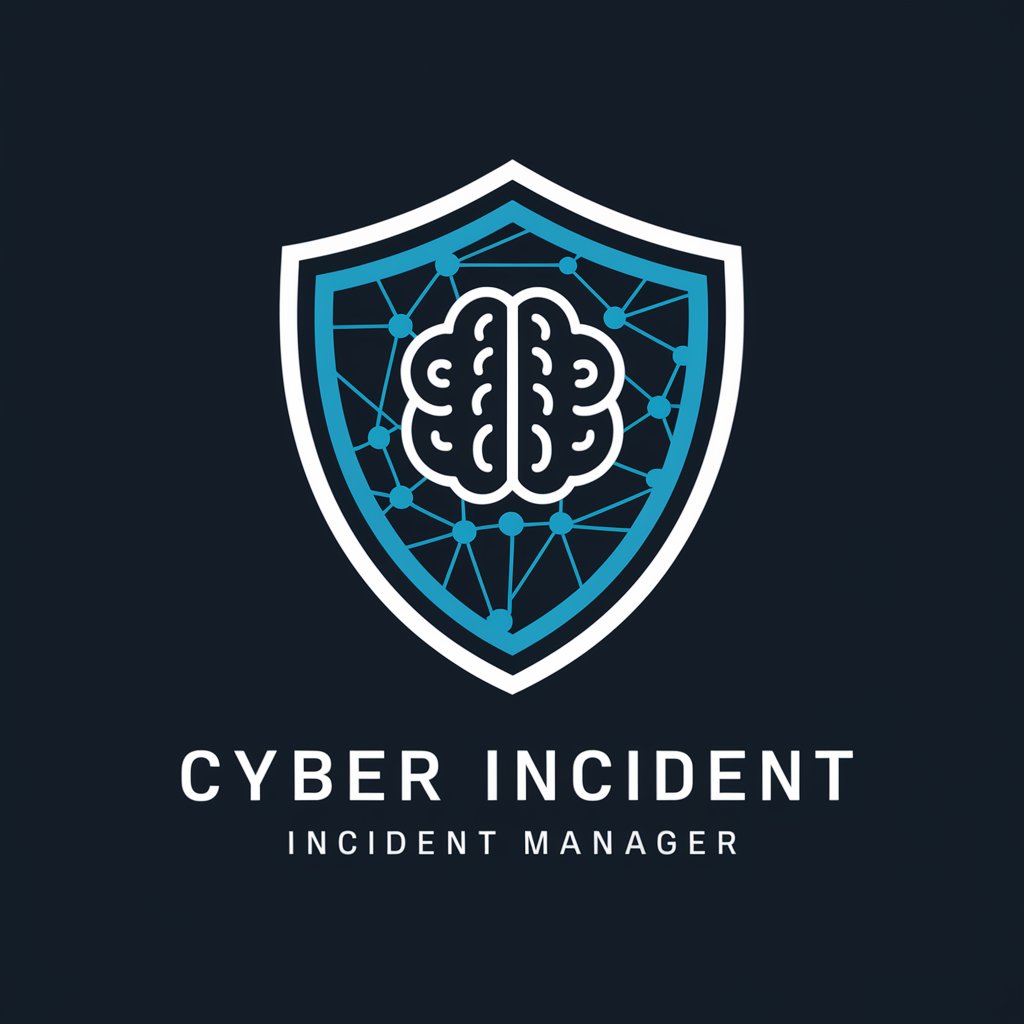
Athena Incident Response Expert
AI-powered AWS Log Analysis

Incident Advisor
AI-powered Incident Management Support
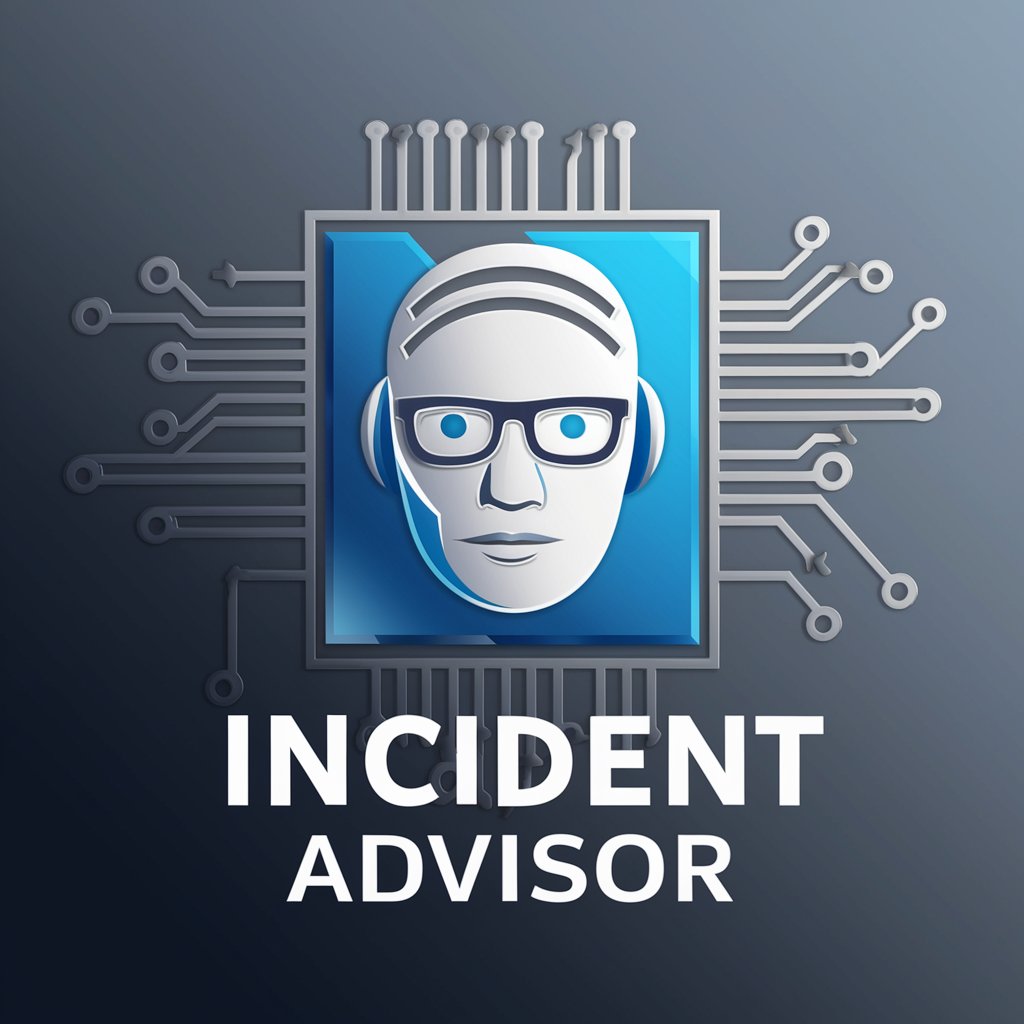
Incident Responder
Streamlining Cybersecurity with AI
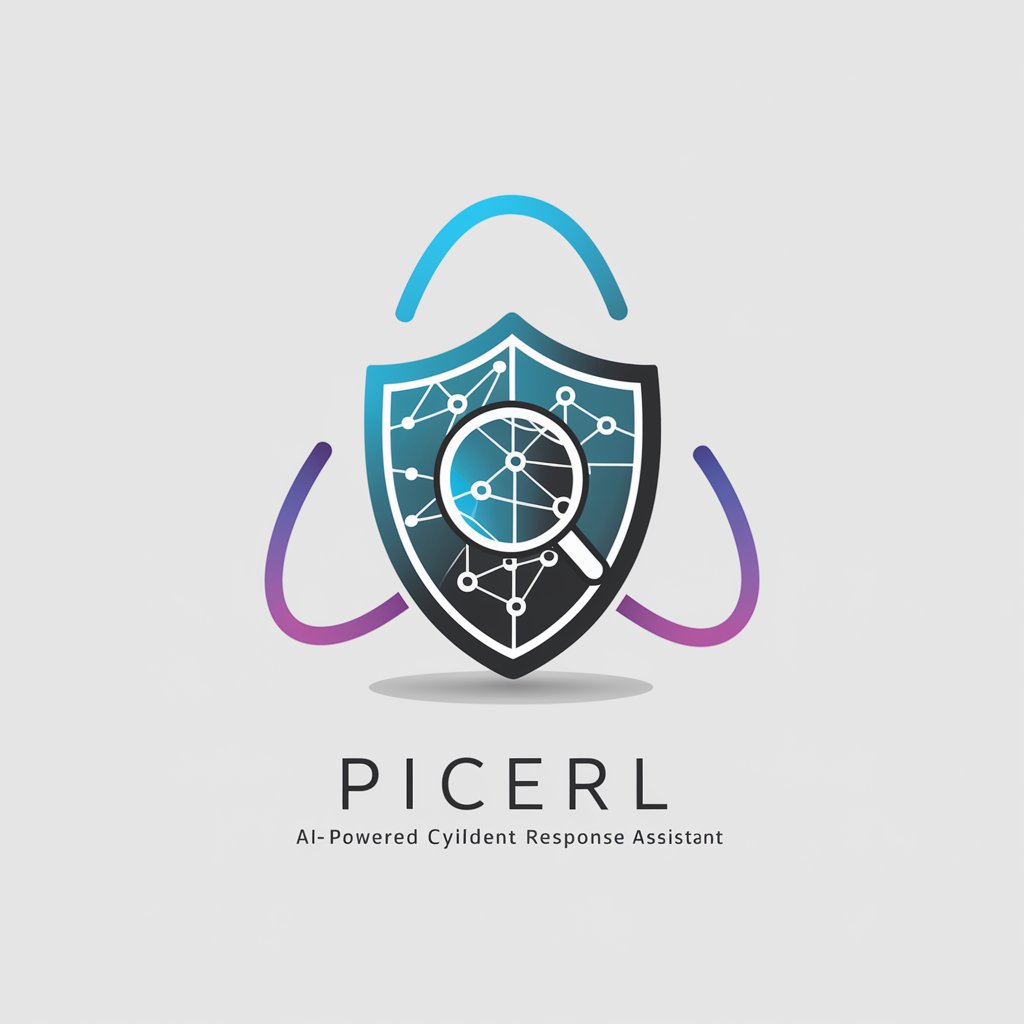
Authority Solutions
Empowering your digital presence with AI-driven insights.
Authority Coach
Empowering your journey to become an industry leader.

Incident Response Playbook FAQs
What is the Incident Response Playbook?
The Incident Response Playbook is a comprehensive guide designed to assist organizations in developing, implementing, and maintaining an effective incident response strategy. It covers the full lifecycle of incident response, from preparation through recovery, and emphasizes the integration of advanced technologies and adherence to security frameworks.
How can the Playbook help with limited cybersecurity resources?
It offers strategies to mitigate skill shortages, including leveraging AI and machine learning for threat detection, recommending training for team members, and suggesting efficient integration with existing SIEM systems to streamline operations.
Can the Playbook be customized for any organization?
Yes, it's designed to be adaptable to any organization's size, sector, or specific cybersecurity challenges. It guides on tailoring roles, technologies, and procedures to fit unique operational and threat landscapes.
How does the Playbook ensure compliance with security frameworks?
It aligns with recognized standards and frameworks like NIST, ISO, ISACA, SANS Institute, and the Cloud Security Alliance, providing a structured approach to developing a robust incident response capability that meets compliance requirements.
What's the importance of regular reviews and updates to the Playbook?
Cyber threats evolve rapidly, making it critical to regularly update the playbook to incorporate new threats, technologies, and insights from past incidents. This ensures the response strategy remains effective and aligned with best practices.



